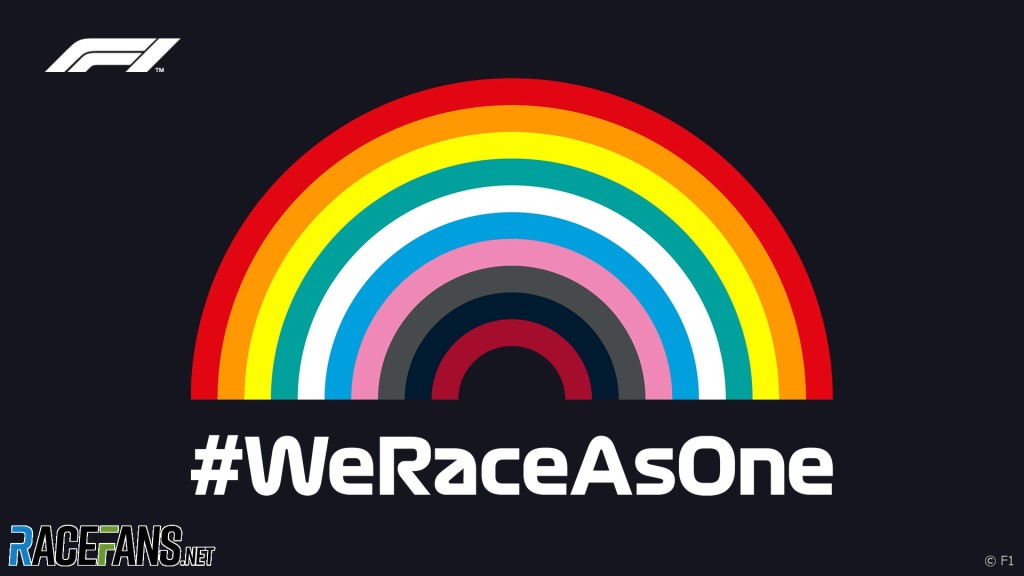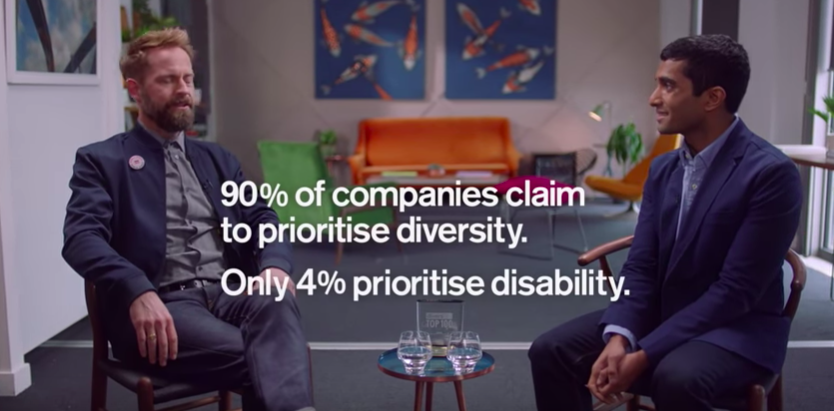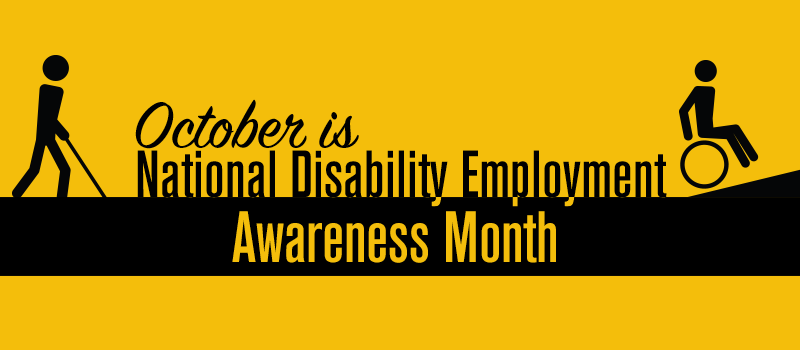The recent decision by the York Region Catholic School Board to once again deny its schools the right to fly the pride flag during pride month should not come as a surprise to anyone. There has been an ongoing, consistent and disappointing level of poor behaviour from Catholic school boards across the country.
We should also be reminded that those Catholic school boards that do fly the flag, initially did so due to pressure from the community at large as well as students who have had enough of Catholic administrators and faith leaders using their religion to justify hate.
Catholic schools have enormous privilege. Their existence is enshrined in our Constitution. A necessary step in an era where Protestant’s, the majority in the 1800’s bullied and mistreated the minority Catholics. As well, the decision by the Davis Government in the 70’s to expand Catholic school funding to match the public system was the right decision at that time. Those times are long behind us.
Today there is no need for separate school boards in a country with a vast number of faiths, religions and spiritual thinking. In fact, the constitution, by enshrining one particular religion over others, is practicing religious discrimination.
This privilege however does not extend to the right to spread hate speech, to deny the rights of marginalized youth nor does it give the catholic school boards the right to decide which demographic they will or will not support.
This disgraceful action by YRCSB isn’t an outlier or a decision by a rogue board of directors. The vote, 6-4 against flying the flag is in fact a normal practice by many catholic school boards. Halton region only began flying the flag in 2022 and only after intense pressure from students, the media and the community. The fact that HRCSB now flys the flag should not be a cause for celebration, they do so with hesitation and because they were forced to do so. . If that is the case imagine how unsupported the schools students must feel when they know the very people they look to for support, school leaders, don’t in fact support them at all.
In fact, mere days after the decision to deny schools in York region the opportunity to fly the Pride flag, The York region Catholic school board posted a “welcome to Pride month” on social media. The very definition of performative action.
This behaviour continues outside the walls of the school itself, is a common theme on a Sunday morning. Uganda, a country where homosexuality has always been illegal has now created the most draconian laws in the world with the death penalty being a potential outcome. An extreme example perhaps but closer to home we have similar thinking from the pulpit. A Catholic church in Ohio recently banished a member of the congregation when they complained about a priest spewing hatred in his sermon. Hatred towards the entire LGBT+ community.
The pride flag is simply a symbol. A symbol of a vibrant and rich demographic and culture that has historically been targeted with the most vile hatred, violence and oppression. It is a symbol that every member of the LGBT+ community belongs and is valued.
If the catholic school boards cannot truly support all students in an era of belonging, It is time to change the constitution and amalgamate the two school boards in Ontario. We can no longer justify a school board that refuses to exemplify the norms of our time, where people of all sexual and gender identities are supported and cared for, where love transcends age old hateful stereotypes and bigoted thinking.
So far our catholic school boards are incapable or unable to do
Meanwhile, happy pride month to all of you except the York region Catholic school board.










